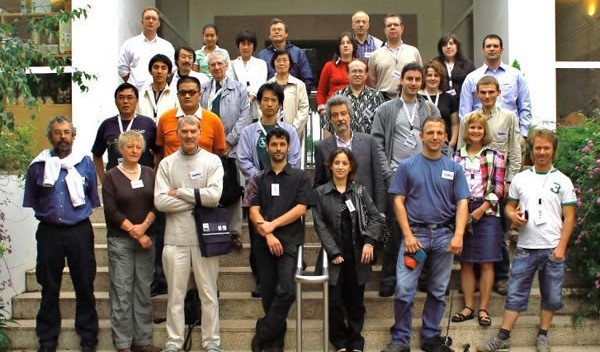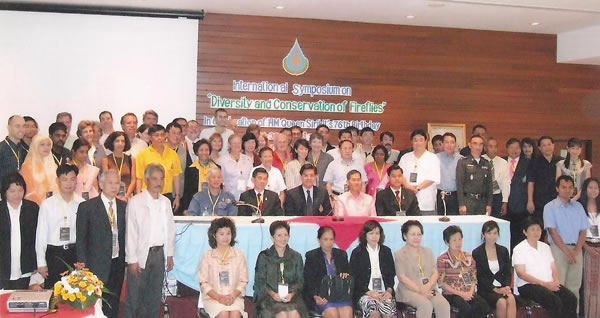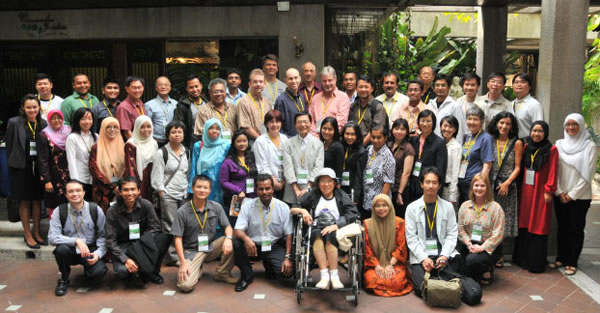The International Firefly Symposium, held every three years, brings together a diverse global community, including researchers, students, conservationists, naturalists, educators, artists, and others passionate about firefly research and conservation. The 2025 IFS aims to be a space for sharing and exchanging updated knowledge on the ecology, behavior, morphology, and cultural significance of fireflies and other bioluminescent coleopterans, while fostering collaborative partnerships. We will also discuss new methodologies and strategies to protect threatened firefly species and their habitats. Our main goal is to raise awareness and appreciation of fireflies across cultures by blending artistic and scientific perspectives on these amazing insects.
México is a hotspot for fireflies, with nearly 300 species recorded to date! In the country, a large community of researchers from various universities, alongside members of civil society, ejidatarios, comuneros, and owners of firefly sighting centers, are actively engaged in studying these wonderful insects. Together, we strive to uncover new insights about these enchanting creatures while seeking to harmonize tourism with conservation efforts. Our mission is to widely disseminate knowledge among the population through various means.

International Firefly Meeting, Portugal, 2007
2008 International Firefly Symposium, Thailand


2010 International Firefly Symposium, Malaysia
2014 International Firefly Symposium, Florida
2017 International Firefly Symposium, Taiwan
2022 International Firefly Symposium, Gaia, Portugal